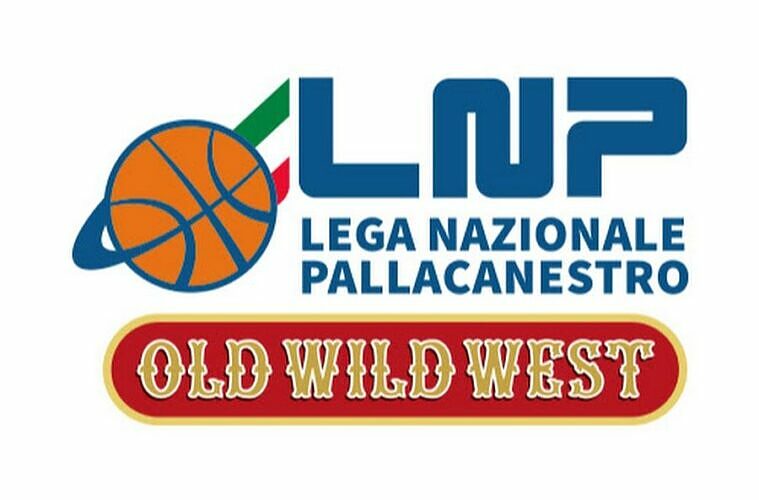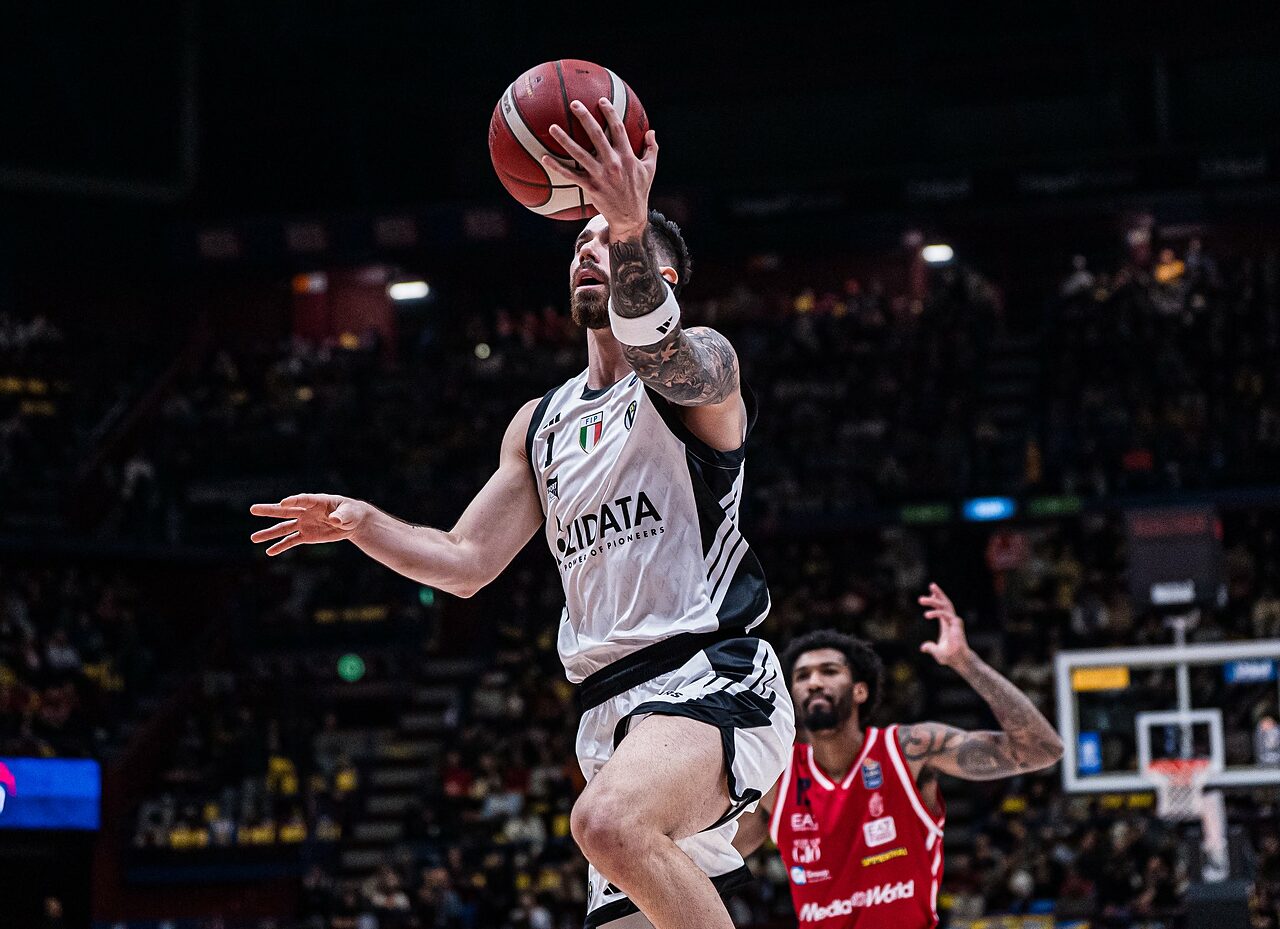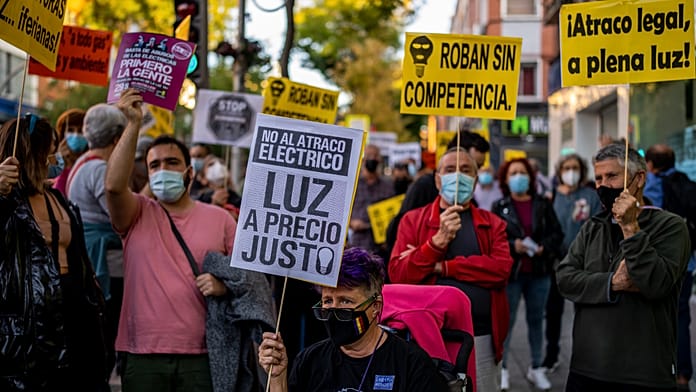The Comune, or City Council, of Bologna operates a number of museums. One of the lesser known ones is the Museo Davia Bargellini, located at number 44 Strada Maggiore, which is about 500 metres from Piazza Maggiore. You can’t miss the impressive entrance to the 17th century building that houses the museum as it features two massive figures, or telamons. In days gone by, they gave the residence its nickname of the “Palace of the Giants“.
 The impressive entrance to the Palazzo Bargellini which is home to the Davia Bargellini Museum. (P. Granville)
The impressive entrance to the Palazzo Bargellini which is home to the Davia Bargellini Museum. (P. Granville)The genesis of the museum
The name of the museum refers to the families that owned the building, firstly the Bargellini who built it in the mid 17th century, and later the Da Via family who inherited after the Bargellini family line died out. In turn, in 1874 Giuseppe Da Via Bargellini, the last of his line, left everything to finance the creation of the foundation “Opera Pia Da Via Bargellini”, with the aim of improving the education of youth.
In 1924, the current museum was created by combining the Da Via Bargellini family fine art collection, by then the property of the Foundation, with the applied arts collection of the Comune, known as the Museum of Industrial Art.
The Davia Bagellini fine arts collection
The fine arts collection comprises works from the 14th to the 18th century. One of the best known is the Madonna dei Denti, or Madonna of the Teeth, painted by the influential 14th century Bolognese artist Vitale da Bologna.
 Madonna dei Denti, a work by Vitale da Bologna from 1345. (P. Granville)
Madonna dei Denti, a work by Vitale da Bologna from 1345. (P. Granville) A Madonna and dead Christ from 1368 by Simone da Bologna. (P. Granville)
A Madonna and dead Christ from 1368 by Simone da Bologna. (P. Granville)Other artists represented include Bartolomeo Passerotti, Prospero and Lavinia Fontana, Bartolomeo Cesi, Giuseppe Maria and Luigi Crespi.
Prospero Fontana was a 16th century Bolognese painter of Renaissance and, later in his career, Mannerist art. Amongst his many pupils was his own daughter, Lavinia, who also had contact with many other artists who frequented her father’s studio.
She is considered to be the first European woman artist to achieve wide professional success and fame, maintaining her very active artistic career whilst having 11 children, 4 of whom lived to adulthood. Recently her painting from the collection, Judith with the Head of Holofernes, was restored revealing details that before were difficult to discern. It was painted in the year 1600.
 The Garden of Gethsemane by Prospero Fontana. (P. Granville)
The Garden of Gethsemane by Prospero Fontana. (P. Granville) Judith with the Head of Holofernes by Lavinia Fontana (Museo Davia Bagellini)
Judith with the Head of Holofernes by Lavinia Fontana (Museo Davia Bagellini)The collection also includes works commissioned by the Bargellini family including portraits of family members.
 A 15th century bust of Virgilio Bargellini by Vincenzo Onofri. (Wikimedia)
A 15th century bust of Virgilio Bargellini by Vincenzo Onofri. (Wikimedia) The mixture of fine and applied art. (P. Granville)
The mixture of fine and applied art. (P. Granville) One of the 7 rooms of the museum. (P. Granville)
One of the 7 rooms of the museum. (P. Granville)The Museum of Industrial Art
The applied arts items are spread through the seven rooms of the museum and cover a wide range of objects from the 16th to 19th century, including ceramics, wrought iron, locks and keys, fans, candle snuffers, watch faces and furniture.







Wrought and cast iron work has a long history in Bologna, and fine examples can be seen walking around the city. Sante Mingazzi was one well known artisan who was active in the Art Deco period and his company sign can be admired in the museum. Bologna also has a huge range of doorknockers (see my blog Bologna’s Doorknockers for more) made from cast iron and later brass.
 The sign of the wrought iron manufacturer Mingazzi. (P. Granville)
The sign of the wrought iron manufacturer Mingazzi. (P. Granville) Characteristic Bolognese door knockers of the 16th – 17th century. (P. Granville)
Characteristic Bolognese door knockers of the 16th – 17th century. (P. Granville) A lantern by Sante Mingazzi on Via Rizzoli near the Fountain of Neptune. (P. Granville)
A lantern by Sante Mingazzi on Via Rizzoli near the Fountain of Neptune. (P. Granville)Among the more popular items in the museum are an 18th century puppet theatre with Venetian marionettes and an impressive carriage from the same time period.
 Detail of the puppet theatre. (P. Granville)
Detail of the puppet theatre. (P. Granville)The carriage is of a type known as a Berlin, as the first example was built in that city in the 17th century. It was a prestigious vehicle offering greater comfort than most others of the time and was suitable for long journeys. The driver’s seat is particularly high, allowing good vision and control of the 4 or 6 horses needed.
 The late 18th century carriage. (P. Granville)
The late 18th century carriage. (P. Granville)The carriage, which dates from ca. 1780 , has its original paintwork and is believed to have originally belonged to Cardinal Filippo De Angelis, who was Archbishop of Bologna for a brief period. An allegorical figure is painted on each side of the carriage body. They represent Thomas Aquinas’ four cardinal virtues of justice, courage, wisdom and temperance.
The carriage passed to the Pepoli family who donated it to the Comune in 1910.
 The Berlin with its 18th century paint work. (P. Granville)
The Berlin with its 18th century paint work. (P. Granville)The doll’s house
My favourite exhibit is, however, the fully intact detailed doll’s house based on an 18th century villa of the Emilia Region.





Visiting the museum
The museum is located at 44 Strada Maggiore. After passing through the entrance doors, proceed to the end of the corridor and the museum is on the left. It’s open from 10am every day except Friday when it opens at 2pm and Monday when it is closed. For full up to date details, see the museum’s website. Entrance is free.

 1 anno fa
690
1 anno fa
690






















